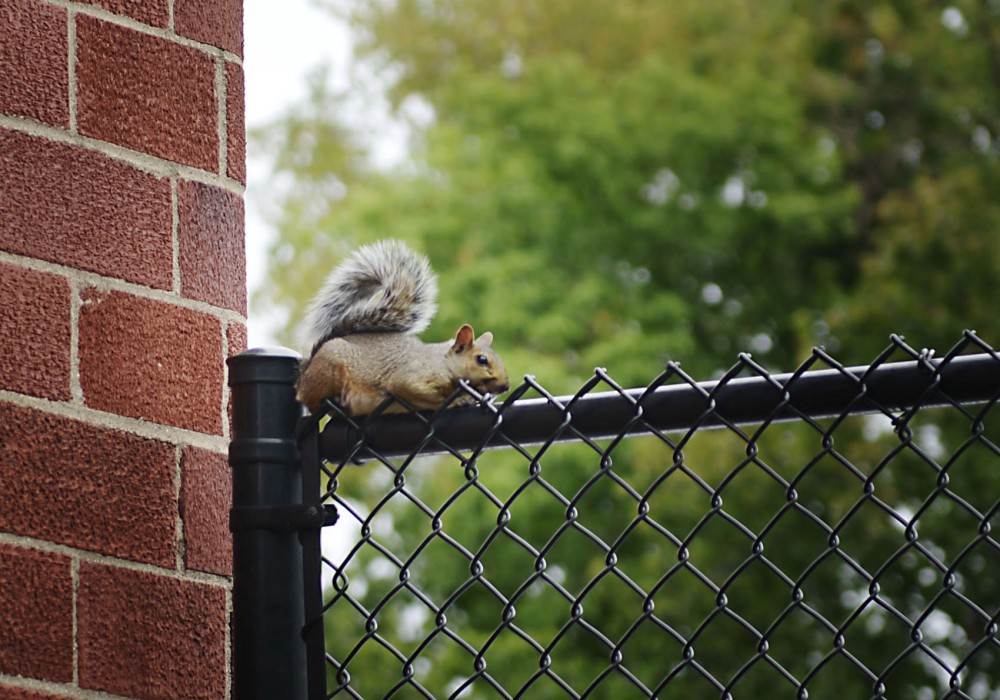Raccoons will use sewer systems to travel rather than brave busy streets. Birds will alter their mating calls to deal with traffic noise.
When humans build cities, they change landscapes, forcing animals to learn different ways to survive. As landscapes change, some animal brains grow, according to a study published last month by University of Minnesota assistant professor Emilie Snell-Rood and undergraduate student Naomi Wick.
“As we develop rural areas with farms and other developments we are forcing animals to go over an even broader area to find enough food,” Snell-Rood said.
Over two years, Snell-Rood and Wick studied hundreds of skulls from the Bell Museum of Natural History. The oldest skulls, from 10 different species, date back to 1900. They found the newest skulls of six species were six percent larger.
Wick, a senior studying biology, society and environment, was in charge of the measurements. The pair found changes in species from both urban and rural areas, Wick said.
“They were all in areas that had been altered by humans to some degree,” she said, “from logging [to] agriculture.”
Snell-Rood said they were surprised to see rural animal brains increased in size, but it made sense when she realized how much the landscape has changed.
“In Minnesota, we’ve kind of converted prairie to agriculture, in some cases 100 percent,” Snell-Rood said. “That landscape change is pretty dramatic.”
When humans convert prairie into farm fields, animals need to find new sources of food and sometimes new homes.
Paul West, chief collaboration officer of the University’s Global Landscapes Initiative, said grasslands species of birds, for example, are seeing population declines because of more farmlands. Birds try to build nests in hay fields, but since their eggs don’t hatch until June or July, tractors destroy the nests during the harvest.
Other species have to find new ways to eat, attract mates and avoid the danger of traffic.
Pigeons, for example, used to nest on cliffs, but in cities, they nest on the rooftops of tall buildings.
Professor David Stephens, who specializes in animal-decision making and learning, said it’s true that animals living in a world with lots of roads would learn differently than animals in their natural habitats.
Animals are already equipped with the ability to learn from their environment. But the difference would be only subject-based, he said, like learning to get food from a garbage can instead of foraging for it.
Snell-Rood’s research only found that animal brains increase over time, but hasn’t yet explored why this happens or what parts of the brain are growing.
It’s possible that animals have to travel longer distances to find food and water or have to adapt to new dangers like traffic or traps set by humans, Snell-Rood said. Learning these processes could be what makes their brains bigger.
“It would be interesting to do some follow-up experiments to see why,” she said, “I want to know the answer, whether we do it in our lab or somewhere else.”











